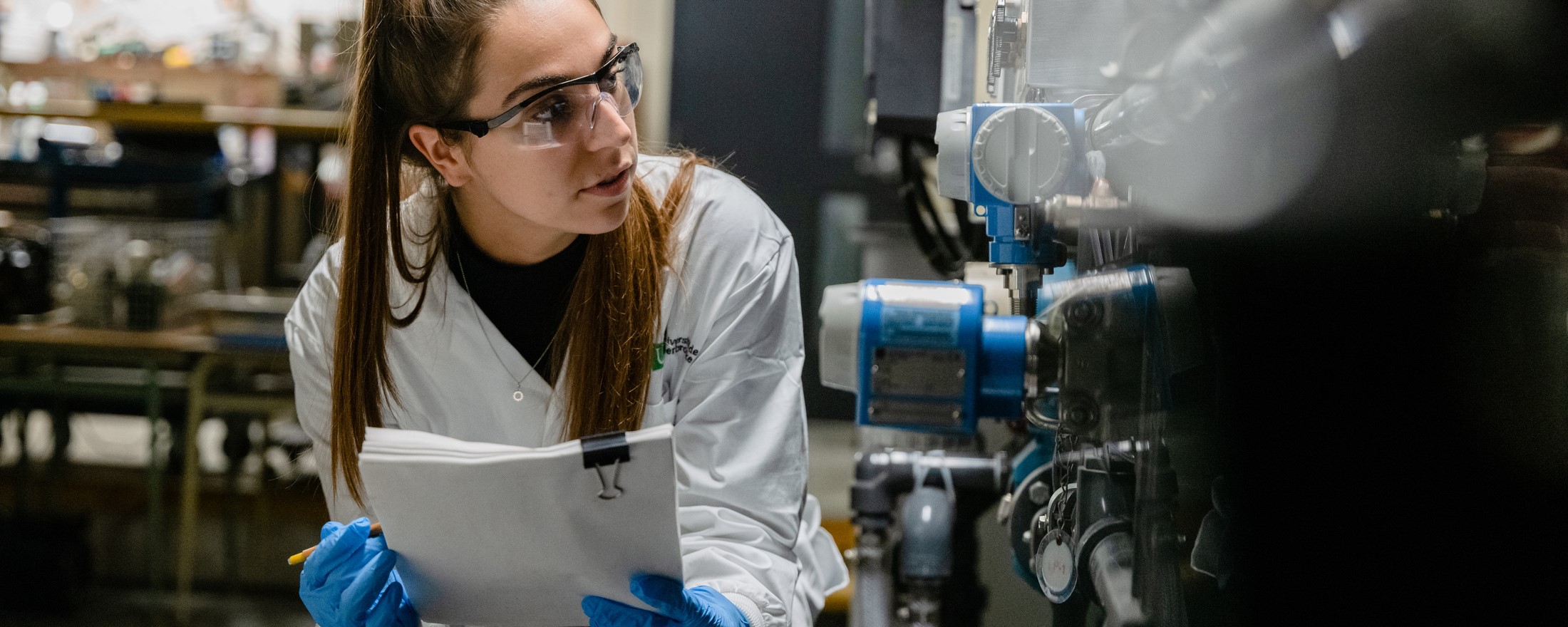Development of a new breast cancer screening technology
Overview
- RESEARCH DIRECTION
- Elijah Van Houten, Professeur - Department of Mechanical Engineering
- RESEARCH CO-DIRECTION
- Alexis Lussier Desbiens, Professeur - Department of Mechanical Engineering
- ADMINISTRATIVE UNIT(S)
-
Faculté de génie
Département de génie électrique et de génie informatique
Département de génie mécanique
- LEVEL(S)
- Stage postdoctoral
- LOCATION(S)
- Campus de Sherbrooke
Project Description
This project addresses three overarching problems in the early detection of breast cancer: the inferiority of x-ray radiodensity as a breast cancer detection contrast mechanism; the obstacles in using other contrasts as a screening method; the challenge of increasing screening frequency for early detection. In addition, each of these problems can be broken into several subproblems, e.g.: the use of compression and ionizing radiation in x-ray mammography; the impact of breast radiodensity; the limitations of ultrasound methods for screening and the high cost of MR imaging; the costs and risks of repeated screening versus the advantage of regular screening data for automated detection via AI and ‘big data’ methods. The proposed technology offers solution paths for all these issues, and many other opportunities for new development. The overall objective of this project is the development of a working prototype capable of detecting the presence and location of tumors within the breast. This prototype can then be used as a proof of concept to secure industrial partners and additional funding for the clinical development and commercialization necessary to bring the technology to market. The specific objectives of the project are: (a) to integrate cutting edge sensor technology; (b) to record data in lifelike breast phantoms and human subjects; (c) to detect and localize a variety of different tumor sizes, contrasts and locations in a series of different experiments using the data obtained. This technology is based on methods like those used existing scientific and medical imaging techniques. Lifelike silicone gel breast phantoms integrated into a mannequin torso will be used to test the system. The data recorded by this system will be treated by sophisticated algorithms to determine the size and contrast within the silicone breast phantoms, to explore the sensitivity and specificity of the technology across a range of breast tumor configurations. Function and wearability of the prototype will finally be verified for human subjects. Data quality and user interface limitations of ultrasound and the high cost of MRI have hindered viable screening methods. This project promises a massive (not just significant) change to breast cancer screening. In addition to completely revising how we think about novel imaging methods (which would have major impacts across a wide range of clinical applications, including brain and liver cancer), this technology will completely disrupt the normal practice for breast cancer screening.
Discipline(s) by sector
Sciences naturelles et génie
Génie électrique et génie électronique, Génie mécanique
Funding offered
Yes
80 000$
The last update was on 12 March 2024. The University reserves the right to modify its projects without notice.
